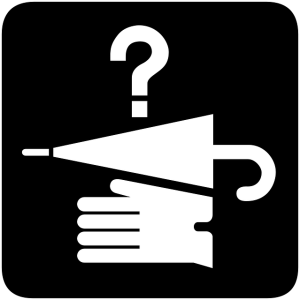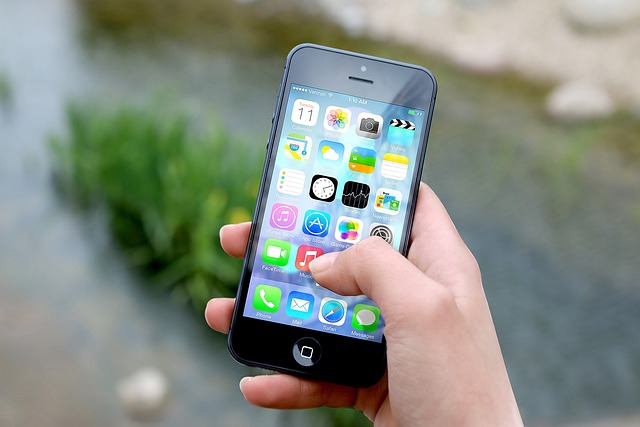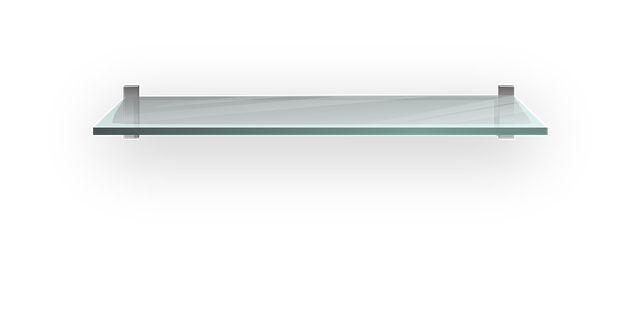
I know someone who lost her keys so often when in college that if any keys were turned in, campus security called her first. If only AirTags existed, then! AirTags and other device trackers offer a convenient solution for people like her who frequently misplace their belongings. Here are several ways to use device trackers.
For iPhone users, AirTags are the go-to device because you can use the Find My app to locate the lost item and produce a sound you can hear if you are nearby.
There are other device trackers out there for Android users. Some require subscriptions; others have limited range. The best devices broadcast to other users of iPhones or Android, as appropriate, so you have an ecosystem of people alerted to your missing item, pet, or person.
Here are some AirTag alternatives:
- https://www.digitaltrends.com/mobile/best-airtag-alternatives/
- https://www.imore.com/best-alternatives-apple-airtag
- https://www.androidauthority.com/apple-airtags-alternatives-1222793/
- https://techpp.com/2022/11/24/best-airtag-alternatives/
Below are several ways to use device trackers:
- Keys and Wallets
Attach a device tracker to your keys or wallet to easily locate them when misplaced.
- Backpacks and Bags
Secure a device tracker to your backpack, purse, or bag to track its location. This can be particularly helpful when traveling or in crowded places where bags can easily be misplaced or stolen. I placed an AirTag in my purse while I was traveling in Rome last summer, just in case. Thankfully I never had to use it!
- Luggage
Attach a device tracker to your luggage when traveling to help you keep track of it throughout your journey, which would be especially useful if your luggage gets lost or misplaced. This also is very helpful to me whenever I travel. I put an AirTag in my checked luggage and my carryon. This way I know that my luggage indeed did make it on my flight and that it landed with me.
- Pet Collars
For pet owners, attaching a device tracker or similar device to your pet’s collar can provide peace of mind in case your fur baby wanders off or gets lost.
- Remote Controls
Attach a device tracker to your TV remote or other frequently misplaced remote controls. Just imagine how many fewer quarrels will erupt nightly!
- Bicycles and Scooters
Secure a device tracker to your bicycle or scooter to deter theft and to track its location if it goes missing. This can be particularly useful for urban commuters who rely on bicycles or scooters for transportation.
- Children’s Belongings
Attach device trackers to your children’s belongings, such as backpacks, jackets, or toys, to keep track of them in crowded places or when they are playing outside. This can provide added peace of mind for parents and caregivers.
- Your Child or Elderly Parent
Attach a device tracker to a pocket or the inside of your children’s jackets so you can locate them if they wander off or worse. Or, if you have an elderly parent living with you who tends to wander off, a device tracker could be a lifesaver.
- Important Documents
Place a device tracker on important documents, such as passports, IDs, or important paperwork so you can quickly locate, especially in emergency situations.
- Car Keys
Attach a device tracker to your car keys to easily locate them when misplaced, a blessing when you’re in a hurry to leave the house.
- Custom Use Cases
Get creative! Whether it is attaching them to musical instruments, sports equipment, or anything else you frequently misplace, the possibilities are endless.
Photo: Pixabay

 Join My Email List
Join My Email List








